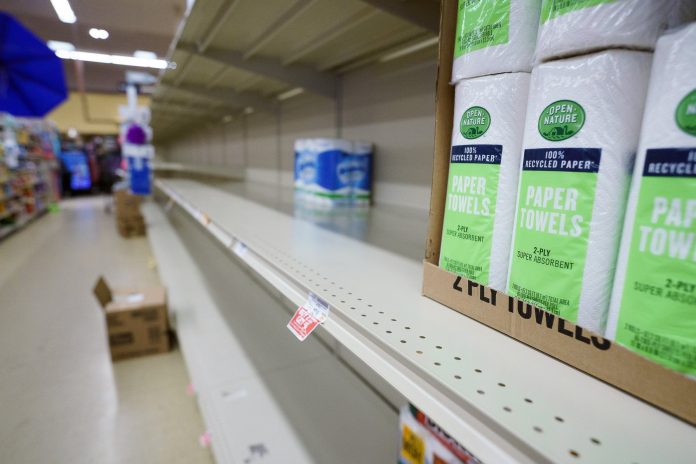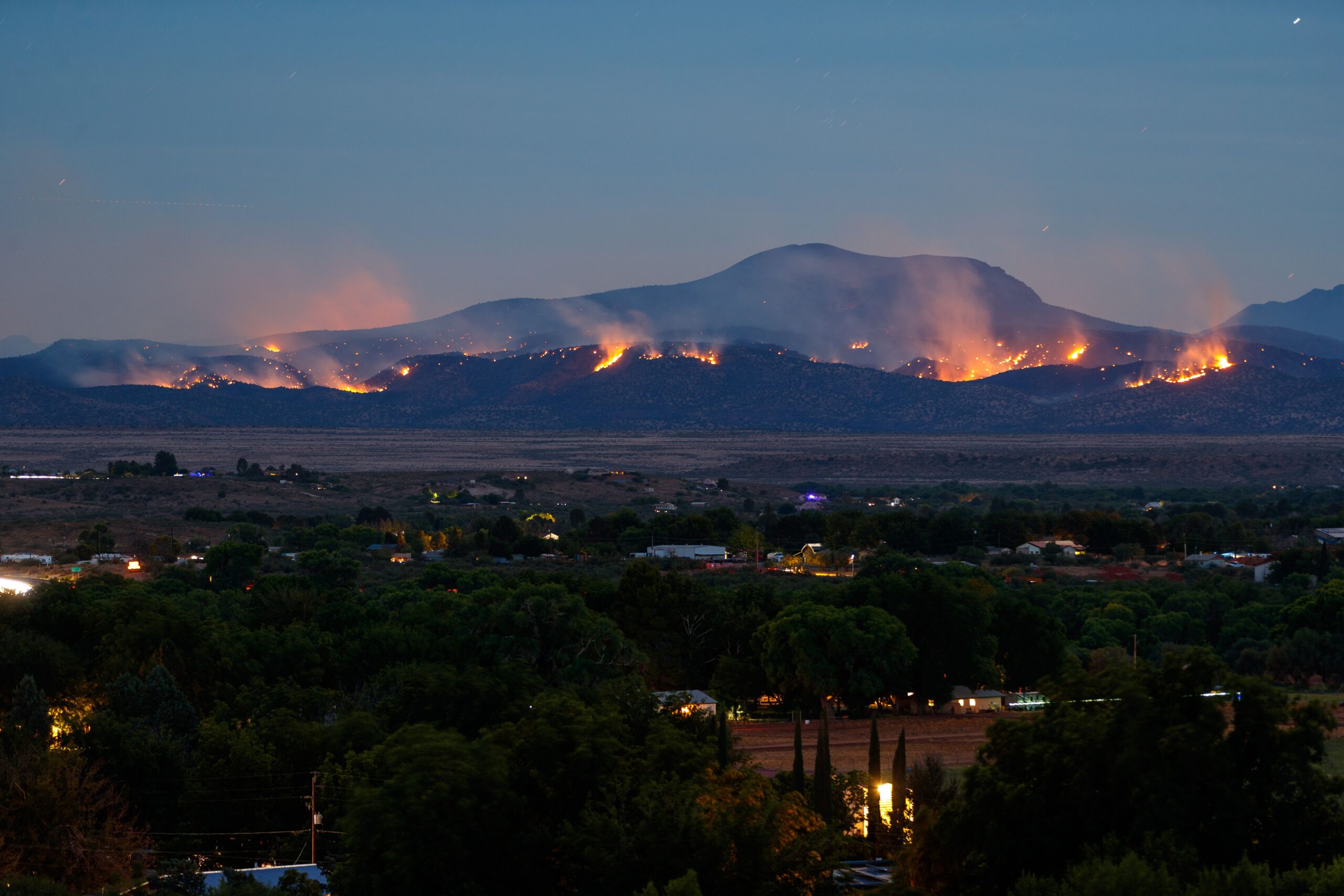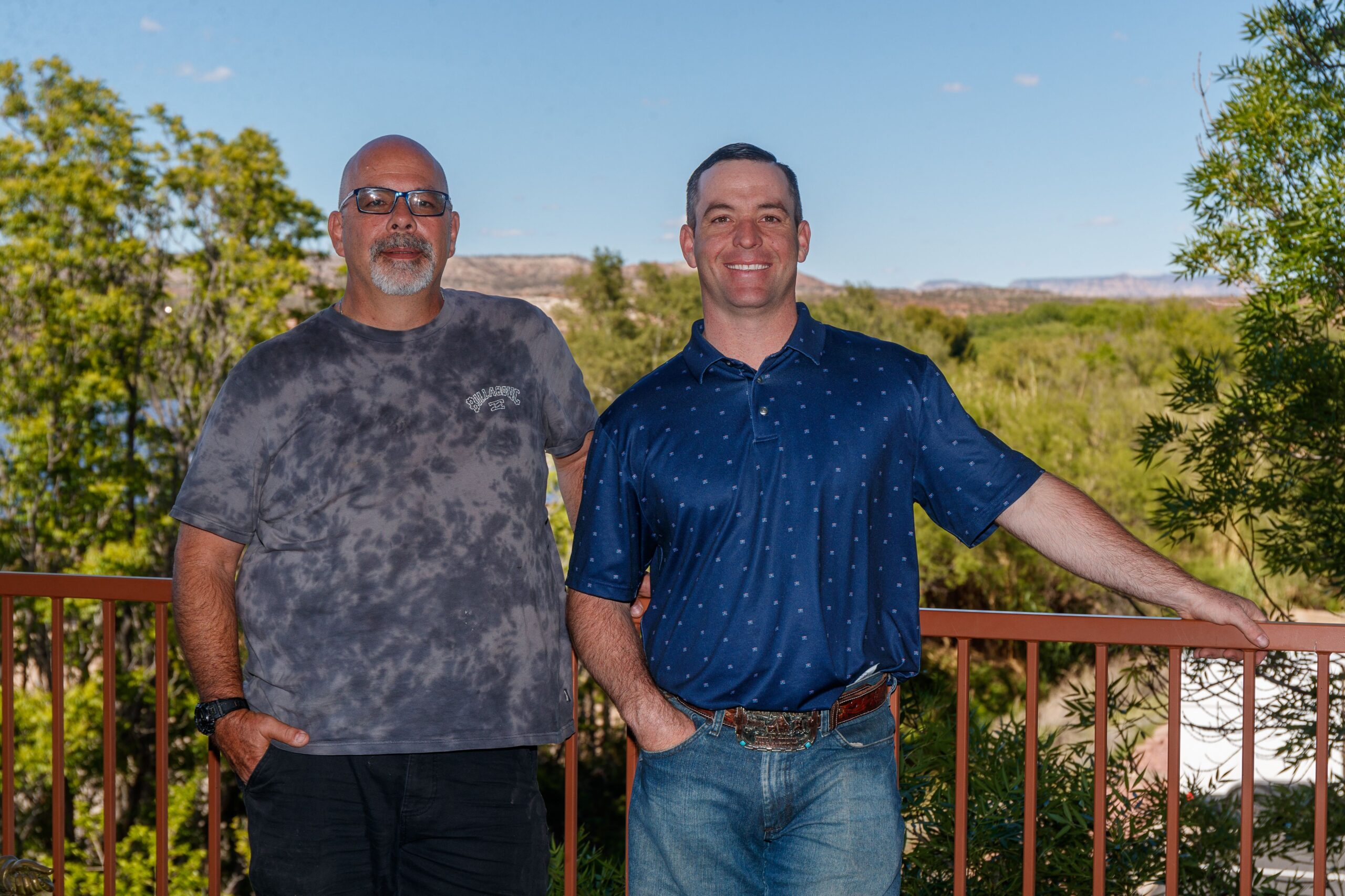There have been zero confirmed cases of COVID- 19, the disease caused by the novel strain of corona- virus, in Northern Arizona, according to the Northern Arizona Healthcare hospital system, Yavapai County Community Health Services and Coconino County.
As of Monday, March 16, there were only 18 confirmed cases in the state, none north of Maricopa County.
Although some individuals in Prescott and Flagstaff had been potentially exposed to the disease and underwent testing, all tested negative.
“Northern Arizona Healthcare has not confirmed any cases of COVID-19 and does not have any patients who have tested positive in any of our facilities,” NAH stated. “We partner with CDC- approved labs that test for COVID-19; Northern Arizona Healthcare does not independently test for COVID-19, but we do collect and send samples to state or other approved labs for testing. Due to the rapidly changing nature
of the novel coronavirus situation, and noting that the Centers for Disease Control and Prevention as well as county agencies receive the most up to date intelligence, we recommend all residents of Northern Arizona familiarize themselves with the CDC webpage on the novel coronavirus.”
However, public health officials warn that it is only a matter of time before cases come here.
“In February, we started seeing local spread, where people were getting it here in the U.S., and that’s what we really wanted to avoid, but it’s something that was pretty much inevitable,” Stephen Everett, section manager for communicable diseases at YCCHS, said at a press conference on the outbreak on the morning of Thursday, March 12. “Here in Arizona, we’re in pretty good shape so far still, but no guarantees how long that will last.”
Everett noted that while patients who have been hospitalized have been tested, there is a delay in testing procedures, with few patients, if any, who have not been admitted to hospitals being tested. It is possible that the virus has made it to the area but has just not been identified yet.
“All I can say for certain is that we haven’t had any hospitalized cases,”Everett wrote in an email.
Worldwide, there have been over 195,000 confirmed cases as of press time, accounting for over 7,900 deaths, according to data being compiled by Johns Hopkins University. China, Iran, Italy and South Korea have shown the most widespread contagions. The U.S. has confirmed over 6,300 cases as of press time, with California, Washington and New York showing the largest outbreaks. So far, there have been just 18 cases in Arizona, with no deaths. Limits on testing have led experts to believe that the actual number of people infected is higher than the number confirmed via testing.
The virus spreads mostly through respiratory transfer, but it can remain on surfaces for several hours after a person sneezes or coughs on it. If someone with the virus coughs on a surface and then you touch that surface and touch your face, you could contract the virus as well.
Symptoms take time to develop, usually beginning to display between two and 14 days after first coming into contact with the virus. Among people who contract the virus, the vast majority — 81%, according to Everett — have mild symptoms.
Mild symptoms, in this case, refer to anything up to and including severe pneumonia — the kind that would in normal circumstances lead to hospitalization. In places where an outbreak has happened, such as New York City, public health officials are recommending that anyone who does not require a respirator to breathe to stay home and not seek hospitalization. Those cases are what are being classified as mild. Severe symptoms refer to the people whose breathing has gotten so bad that they need to be hospitalized.
The morality rate of COVID-19 is still being studied, but in a research letter published March 13 in the journal Emerging Infectious Diseases, researchers estimated a mortality rate between 0.25% and 3%. For reference, the mortality rate of the seasonal flu is typically 0.1%.
Symptoms are much more severe among the elderly than among the youth, who have shown little signs of serious risk of death. According to Everett, the virus becomes serious beginning at around age 55, with progressively worse cases as age increases.
Symptoms are also more dangerous for those with compromised immune systems, which can result from conditions such as respiratory problems, heart disease, cancer, diabetes, hypertension and severe obesity.
A vaccine has not yet been developed for the coronavirus. Everett pointed to the 1976 flu vaccine, which led to an estimated 450 people coming down with Guillain-Barre syndrome, a rare neurological disorder, as reason to wait for a confirmed effective vaccine before implementation.
According to Everett, Northern Arizona will likely soon be encountering cases, since the spread of the virus has yet to be completely contained. Though air travel is becoming less common due to fears of the virus, Everett pointed to interstates as a likely way for the virus to arrive.
In what he described as a nearly inevitable case of the virus coming here, Everett warned of disruptions in the area.
“Because this is so novel, we have no idea what it’s going to be like,” Everett said, noting that
while the flu usually goes away in the summer and comes back in the fall, the future of this outbreak could be like that or totally unpredictable.
“About 50% of people who become ill will seek medical care. Up to 10% of people who are ill will be hospitalized, [or] in this case maybe an 80%/20% split with coronavirus. There will be a shortage of hospital beds, medical providers and medical supplies. Medical providers — they have families too so they can get sick, their families can get sick, and they’ll have to take care of that. There will be an inadequate supply of anti- viral drugs. Even if we do identify the antiviral drug that works best, they’re going to be in short supply, because there’s just going to be too much demand,” Everett said.
Everett recommended taking time to prepare for the outbreak by increasing social distancing and improving hygiene. While a local outbreak is likely, Everett said, slowing the spread can allow the health care system to function more normally as people come for treatment.
“The best way to protect yourself is to wash your hands,” Everett said. “Wash your hands and don’t touch anything. What I like to do is pretend that your hands are covered in paint, so you don’t want to touch your face, you don’t want to touch your clothes, you certainly don’t want to touch the furniture. If you do, make sure you wipe down those areas afterwards.”
Everett said that disinfecting surfaces would be vital and recommended leaving surfaces wet with cleaning product rather than drying them off, in order to allow maximum disinfectant.
In addition, Everett recommended that people stay away from large groups and avoid close contact with other people. If you are exhibiting symptoms, avoid contact with others you could spread it to. Employers should encourage workers to stay home from work if they are sick, work from home if possible and avoid touching things if they do come to work, even without signs of the virus.
On Sunday, March 15, the Centers for Disease Control issued a nationwide advisory recommending
against any gathering of larger than 50 people to prevent the spread.
“CDC, in accordance with its guidance for large events and mass gatherings, recommends that for the next eight weeks organizers [whether groups or individuals] cancel or postpone in-person events that consist of 50 people or more throughout the United States.”
Sedona and Cottonwood residents have canceled several festivals and some venues have also shuttered events.
“This month is probably going to hold up and get through it, because everybody has pre-booked their trips, but I think April and May are going to be tough months,” said Steve Segner, owner of El Portal hotel and president of the Sedona Lodging Council. “I can see business being off 30%, easily. I hope not more, but 30% is what I’m looking at in the next three months.”
Jahmia Williams, Director of Operations at AAA investments, which has multiple hotels throughout the Verde Valley and beyond, said that while cancellations have not begun hitting Cottonwood yet, they are starting to in Sedona and are already becoming a huge issue in Flagstaff and Williams.
“Williams is definitely seeing a dramatic drop off,” Williams said. “We had 10 tours cancel from it. But those are the inter- national tour groups, especially from Asia.”
A contraction in hotel stays could lead to a notable ripple effect throughout the economy of the valley.
“If we don’t have people going to crowded restaurants, we don’t have waiters, and we don’t have people getting paid below management,” Segner said.
Segner hopes that while the air travel to the area may reduce, the tourism industry could be able to make it up by marketing to Phoenix residents, who will be similarly unable to fly for vacation and may be interested in spending leisure time within the state.
“We know what’s going to happen, but we also know it’s not going to be enough. It’s going to come in,” Everett said.



